As the world confronts escalating environmental challenges—from climate change and biodiversity loss to water scarcity and soil degradation—agriculture sits at the heart of the crisis. The irony is stark: while farming feeds the planet, it also contributes significantly to greenhouse gas emissions, deforestation, and ecosystem disruption. With a growing global population and diminishing natural resources, the need for a new approach to food production has never been more urgent.
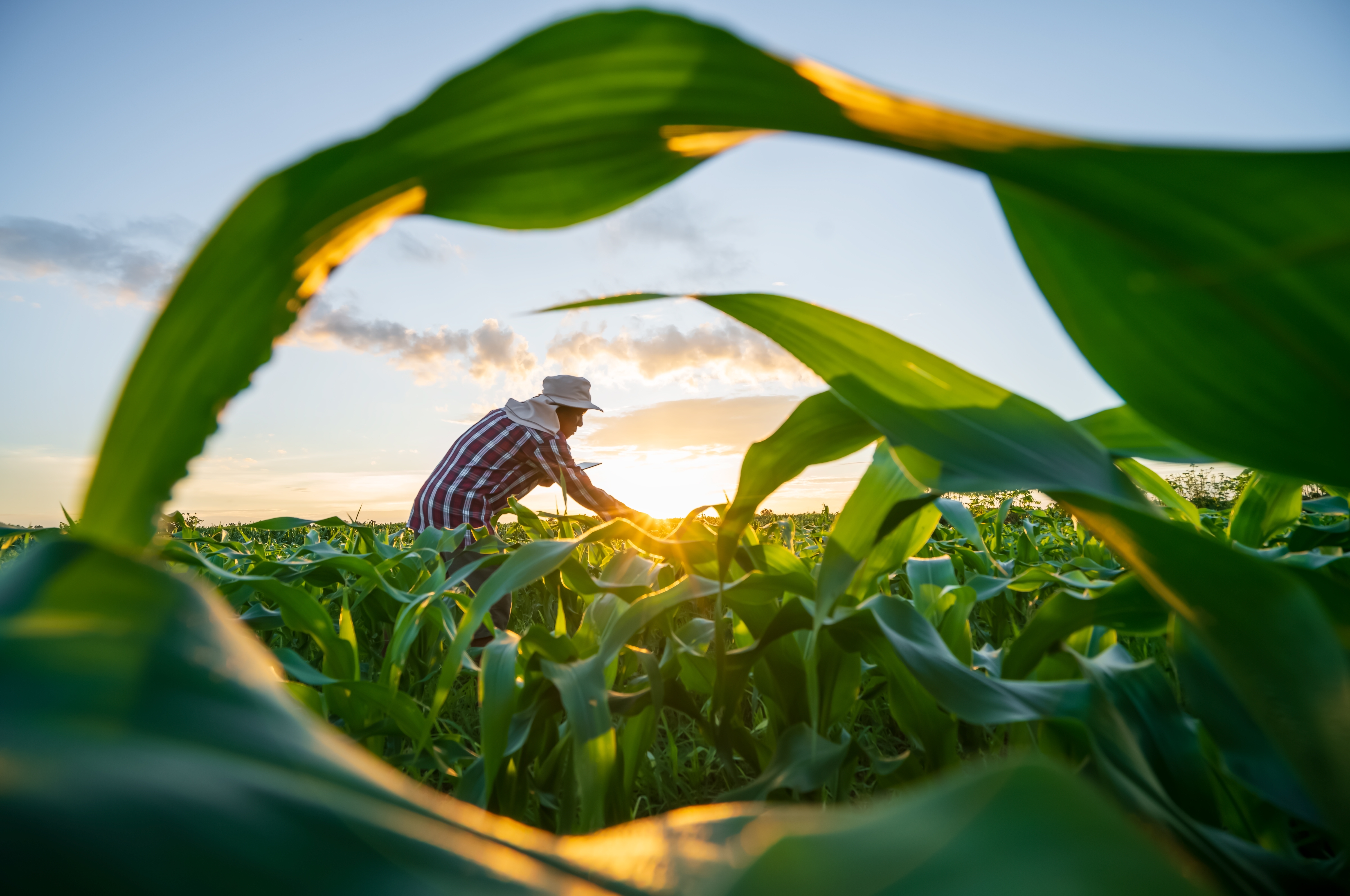
In response, a diverse range of sustainable farming practices is gaining ground worldwide. These approaches aim not just to mitigate agriculture’s environmental footprint but to regenerate ecosystems, empower farmers, and ensure long-term food security. From high-tech precision agriculture in the Netherlands to centuries-old indigenous techniques in the Andes, a quiet revolution is taking shape in the fields. This article explores the evolving landscape of sustainable agriculture across continents, examining how farmers are reimagining their relationship with the land to secure a more resilient future.
What Is Sustainable Farming?
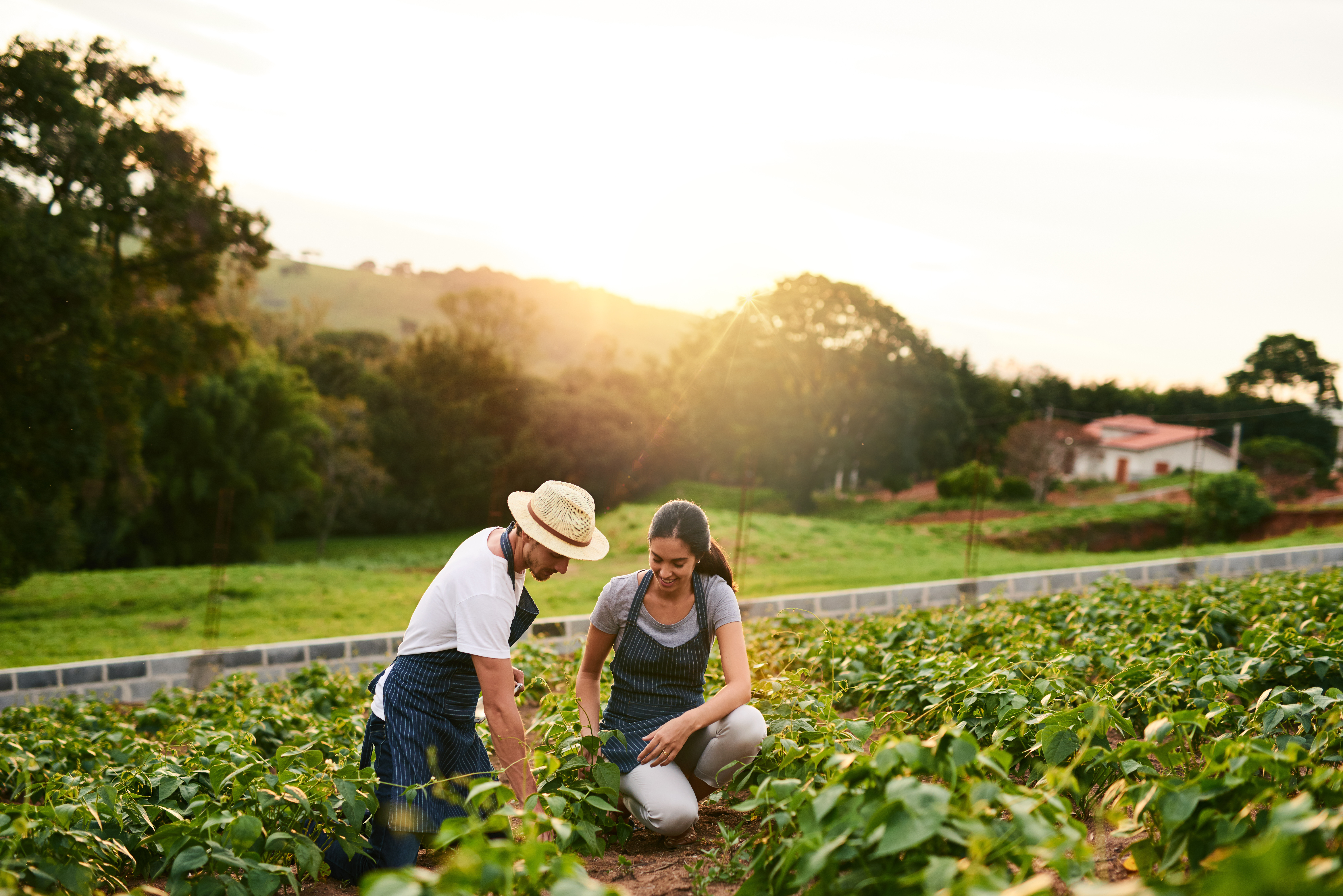
Sustainable farming refers to agricultural practices that meet current food needs without compromising the ability of future generations to meet theirs. At its core, it balances environmental health, economic profitability, and social equity. Unlike industrial farming—which often prioritizes short-term yield gains at the expense of ecosystems—sustainable agriculture seeks to work with nature, not against it. The core principles of sustainable farming include:
Soil health: Maintaining fertile, living soil through composting, cover cropping, and minimal tillage.
Water conservation: Efficient irrigation, rainwater harvesting, and drought-resistant crops.
Biodiversity: Encouraging a variety of plants and animals to strengthen resilience.
Reduced chemical use: Minimizing synthetic fertilizers and pesticides in favor of organic or integrated methods.
Social sustainability: Ensuring fair labor, preserving rural communities, and supporting smallholder farmers.
Sustainability in farming is not a one-size-fits-all solution; rather, it reflects local climates, cultures, and innovations—making it a global yet deeply contextual movement.
Key Sustainable Farming Practices Around the World
Agroforestry: Harmonizing Trees and Crops
In regions like sub-Saharan Africa and Southeast Asia, agroforestry is emerging as a powerful tool for sustainable development. This method integrates trees and shrubs into farmland, creating multifunctional landscapes that boost biodiversity and resilience.
In Kenya, small-scale farmers combine crops like maize and beans with nitrogen-fixing trees such as Faidherbia albida. These trees improve soil fertility, provide shade, and reduce erosion—all while yielding timber or fruit for additional income. Similarly, in Indonesia, agroforestry supports sustainable cocoa and coffee production, often under forest canopies that conserve wildlife habitats and carbon stocks.
Agroforestry not only diversifies income streams but also serves as a climate adaptation strategy, protecting crops from extreme weather while restoring degraded land.
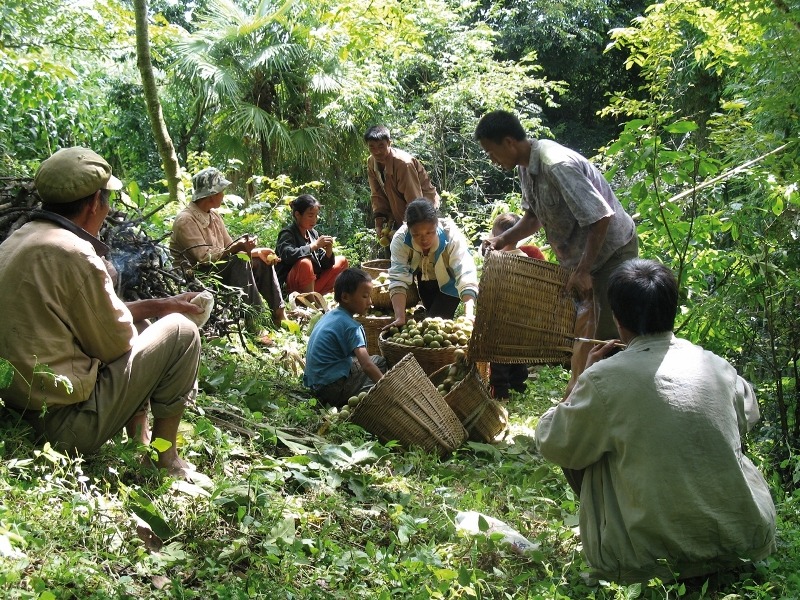
Regenerative Agriculture: Healing the Soil
Across the United States, Canada, and Australia, regenerative agriculture has gained traction for its focus on rebuilding soil health. Techniques such as cover cropping, crop rotation, no-till farming, and managed grazing are used to increase soil organic matter, enhance water retention, and sequester atmospheric carbon.
One example is the Kiss the Ground movement in California, where farmers integrate livestock into crop systems to mimic natural ecosystems. In Australia, regenerative ranches practice rotational grazing and prioritize native grasses, which both feed animals and stabilize the land.
Unlike conventional methods that degrade the soil over time, regenerative agriculture enhances long-term productivity while acting as a carbon sink—making it both climate-smart and economically viable.
Organic Farming: Europe's Eco-Conscious Model
Europe has been a global leader in organic farming, driven by strong consumer demand and supportive government policies. Countries like Germany, Denmark, and Switzerland have pioneered large-scale organic transitions, offering subsidies, certification schemes, and public procurement incentives.
Organic farming prohibits synthetic pesticides and fertilizers, instead using compost, green manure, and biological pest control. The Danish Organic Action Plan, for instance, has helped the country achieve one of the highest market shares of organic food in the world.
Beyond environmental benefits, Europe’s organic farms tend to foster higher animal welfare standards, protect pollinators, and encourage short food supply chains—creating trust between producers and consumers.
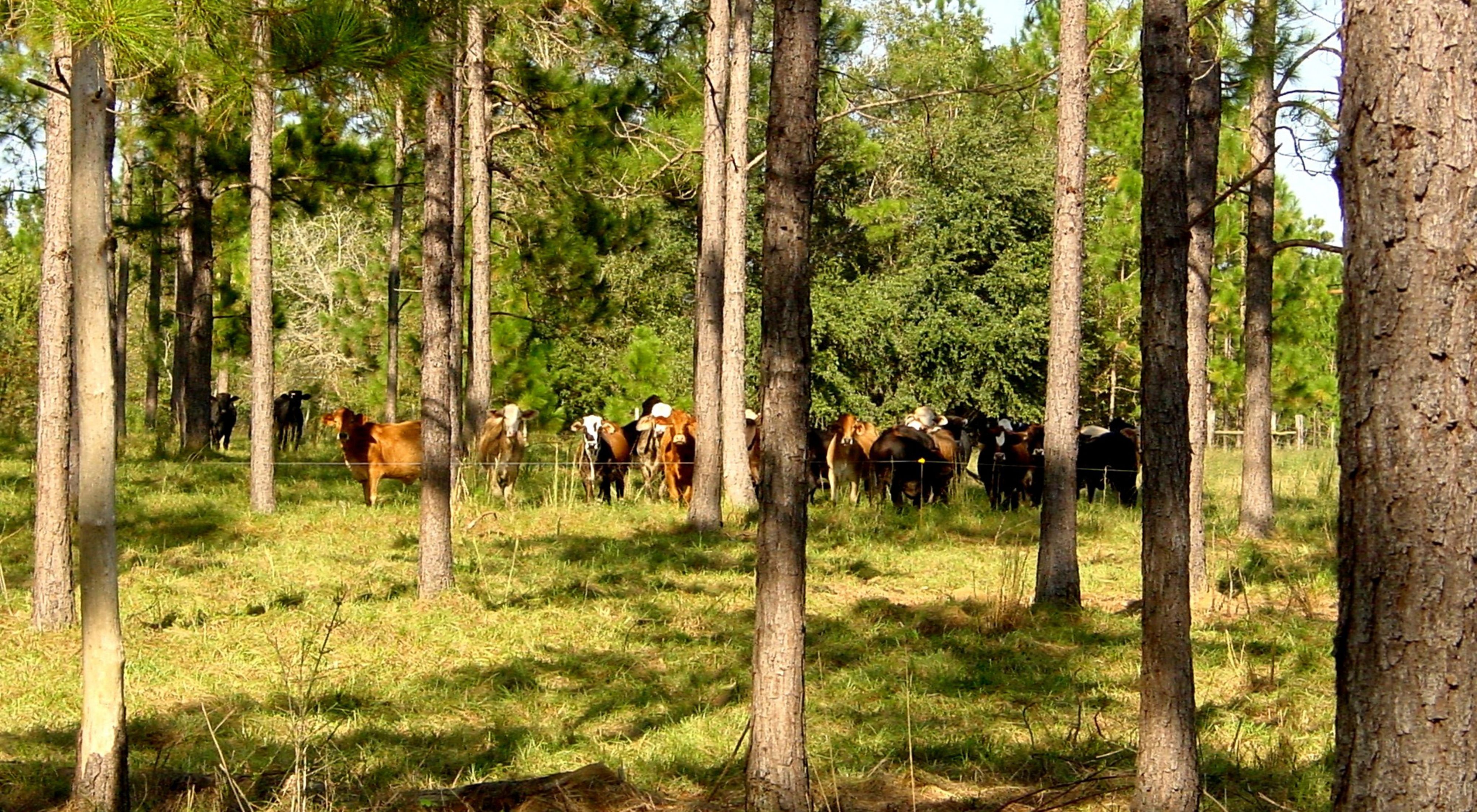
Precision Agriculture: Smart Tech for Sustainable Yields
In technologically advanced nations like Israel, the Netherlands, and Japan, sustainable farming is increasingly digital. Precision agriculture leverages satellite imagery, soil sensors, drones, and AI to monitor crop health, optimize irrigation, and reduce waste.
In Israel, drip irrigation—a technology pioneered in the Negev desert—delivers water directly to plant roots, drastically reducing water use. In the Netherlands, vertical farms and climate-controlled greenhouses allow for year-round production with minimal land and pesticide use. These innovations have enabled the country to become the world’s second-largest food exporter by value, despite its small land area.
Precision agriculture exemplifies how cutting-edge technology can enhance productivity while conserving resources, pointing the way forward for farming in water-scarce or urban regions.
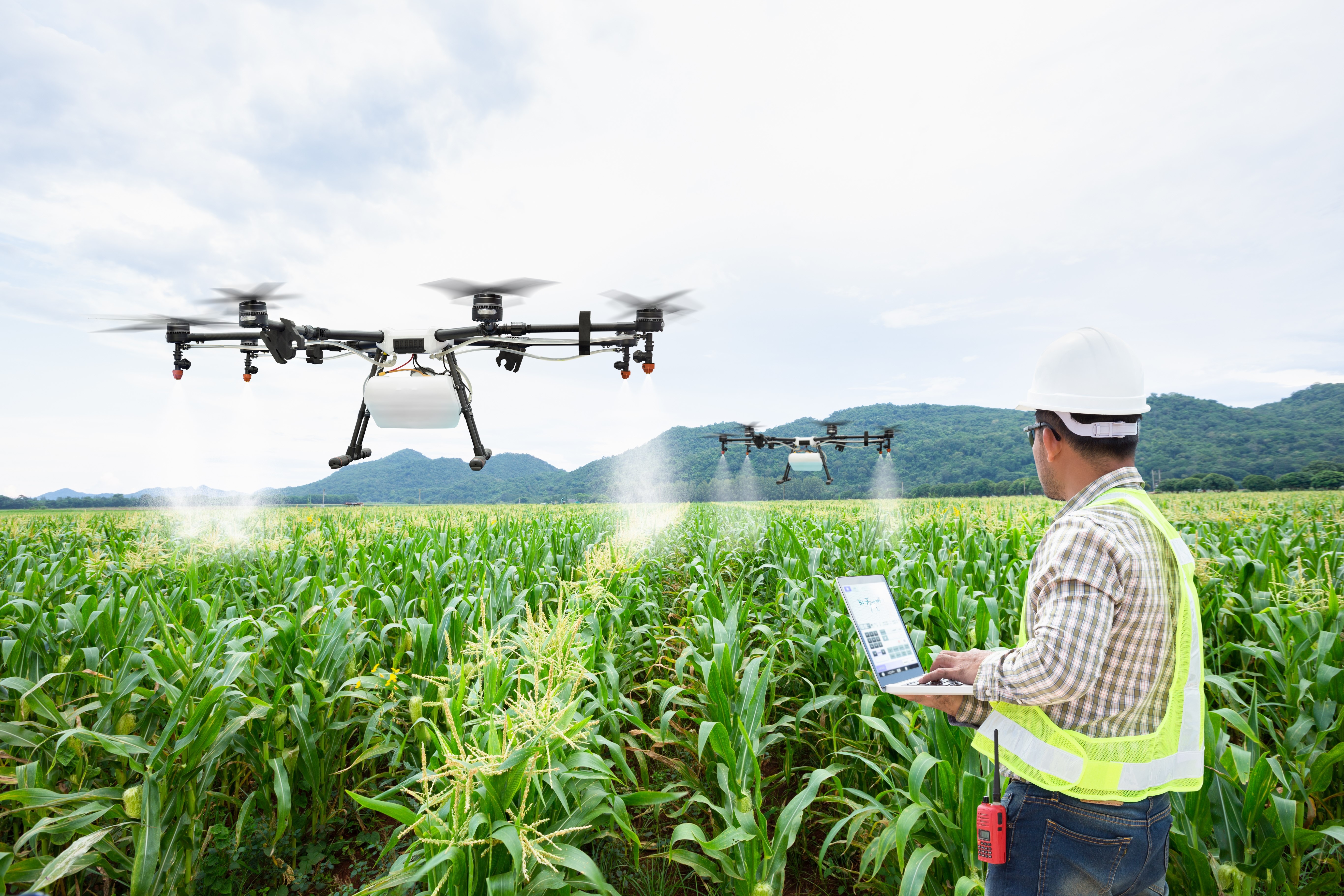
Traditional and Indigenous Knowledge: Wisdom Rooted in Place
In many parts of the world, indigenous and traditional farming systems embody sustainability long before it became a buzzword. These practices reflect deep ecological understanding and cultural relationships with the land.
In the Andes Mountains of Peru and Bolivia, farmers have cultivated potato terraces for centuries, using stone structures to prevent erosion and manage water. These biodiverse systems protect against pests and climatic extremes. In India, the Zero Budget Natural Farming (ZBNF) movement—based on ancient principles—promotes chemical-free agriculture using cow dung, compost, and indigenous seeds.
By integrating traditional knowledge with modern science, farmers can preserve cultural heritage while innovating for a changing climate.
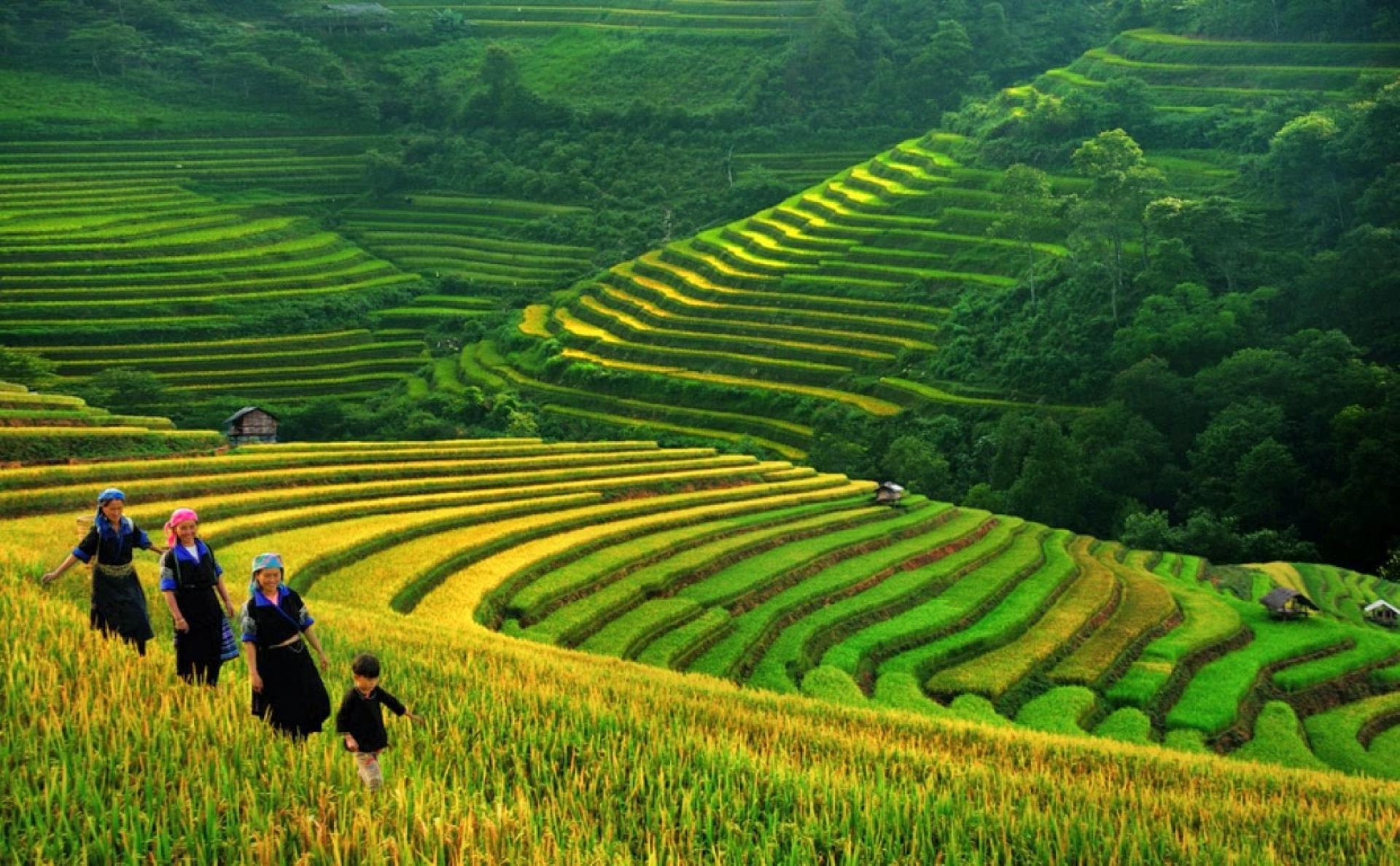
Challenges and Opportunities
Despite their promise, sustainable farming practices face significant hurdles. Transitioning away from conventional agriculture often requires upfront investment, technical training, and access to markets—resources that smallholders may lack. Furthermore, policies in many countries still favor industrial-scale monocultures, creating structural barriers to reform.
However, the momentum is shifting. Growing consumer demand for ethical and eco-friendly food, along with climate-focused funding from governments and NGOs, is creating new incentives. International agreements like the EU Green Deal and the UN’s Sustainable Development Goals (SDGs) further embed sustainability into agricultural agendas.
Opportunities also lie in farmer cooperatives, agri-tech innovation, and education—empowering a new generation of producers and consumers to think sustainably.